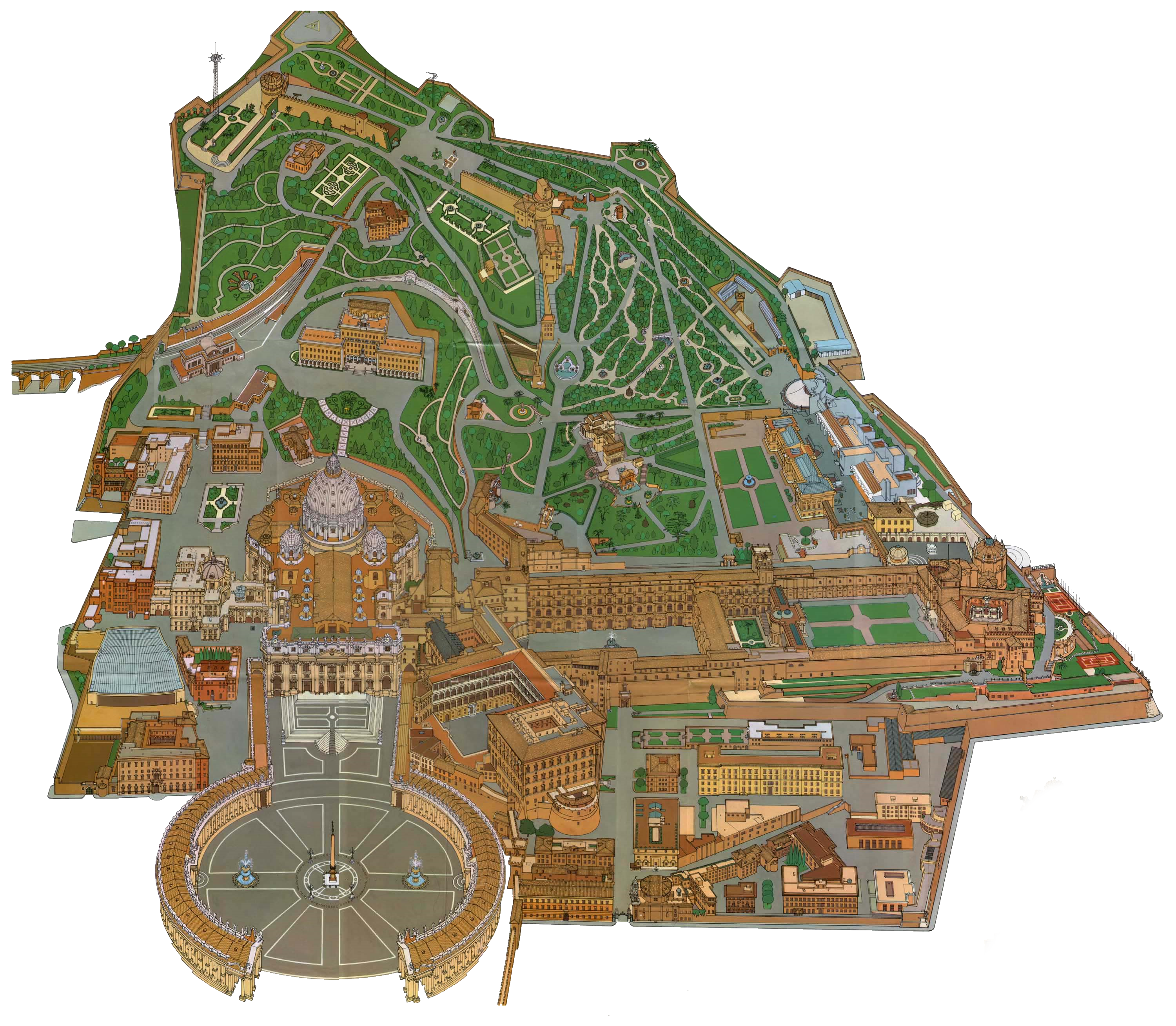Foreign Citizens Working and Living in the Vatican City
Vatican City, officially known as the Vatican City State or the State of Vatican City, is an independent city-state enclaved within Rome, Italy. It is the smallest independent state in the world in terms of both area and population. Here are some key facts about Vatican City:
1 - Geography: Vatican City covers an area of approximately 44 hectares (110 acres) and is entirely surrounded by the city of Rome. It is located on the western bank of the Tiber River.
2 - Sovereign Entity: Vatican City is a sovereign city-state, which means it is an independent and self-governing entity. It is not part of Italy or any other country.
3 - Spiritual Center: Vatican City is the spiritual and administrative center of the Roman Catholic Church. It is the residence of the Pope, the leader of the Catholic Church, and the site of many important religious and cultural institutions.
4 - St. Peter's Basilica: One of the most famous landmarks in Vatican City is St. Peter's Basilica, a massive Renaissance-era church that is considered one of the largest and most important churches in the world. It is built over the burial site of St. Peter, one of the apostles of Jesus Christ.
5 - Vatican Museums: Vatican City is home to numerous museums and art galleries, collectively known as the Vatican Museums. These museums house an extensive collection of art and historical artifacts, including works by famous artists like Michelangelo, Raphael, and Leonardo da Vinci.
6 - Sistine Chapel: Within the Vatican Museums is the Sistine Chapel, famous for its ceiling painted by Michelangelo, including the iconic "Creation of Adam" fresco. The chapel is also used for important papal ceremonies and the election of new popes in a conclave.
7 - Government: Vatican City is an absolute monarchy with the Pope as both the spiritual and temporal leader. The Pope exercises full legislative, executive, and judicial powers within the city-state. However, there is also a government bureaucracy to handle administrative matters.
8 - Languages: The official languages of Vatican City are Latin and Italian, with Latin being used for most official documents and ceremonies.
9 - Population: Vatican City has a very small population, consisting mainly of clergy, Swiss Guards (who provide security), and a few hundred other residents. The population swells during special events and visits by pilgrims and tourists.
10 - Tourism: Vatican City is one of the most visited tourist destinations in the world, attracting millions of visitors annually who come to see its religious and cultural treasures.
11 - Currency: Vatican City has its own euro coins, although it does not issue its own banknotes. The euro is the official currency.
12 - Independent since 1929: Vatican City was established as an independent state through the Lateran Treaty of 1929, which resolved the "Roman Question" and recognized the sovereignty of the Holy See over this small territory.
Vatican City holds a unique position as both a religious and political entity, and it plays a significant role in the global Catholic community. It is also a place of great historical and cultural significance due to its rich artistic and architectural heritage.

